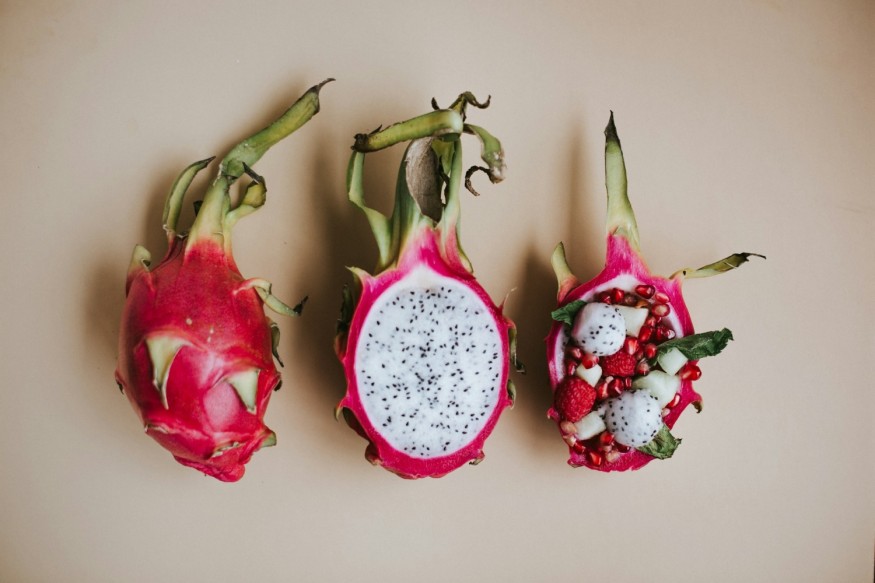The dragon fruit tree, also known as pitaya, pitahaya, or strawberry pear, is a tropical fruit rich in fiber and antioxidants. It is native to Central America and South America, including across southern Mexico and along the Pacific coasts of Costa Rica, El Salvador, and Guatemala. While dragon fruits seem like other plants, it is unique in several ways, such as it is a cactus but not that evident.
The dragon fruit plant, described as a "climbing cactus" on trees and other structures, received its name since it has an appearance that resembles a dragon egg. Having a pinky- or red-colored outer layer with spikes, its internal content shows a white or pink flesh containing small black seeds. Pitaya is safe to eat since it also contains several nutrients, according to food authorities.
However, previous studies have found that there are cases of "isolated allergic reactions" associated with people consuming dragon fruits, according to WebMD. Although deemed as very rare, some of these symptoms include hives, vomiting, and swelling of the tongue. The said cactus plant is also a source of food for some wild animals and a target of pollination by a variety of insects.
What is a Dragon Fruit Tree?

The dragon fruit tree (Hylocereus undatus) produces the white fleshed fruit, described by some people as a sweet mix of mild kiwi fruit, strawberry, watermelon, and pear flavors. Aside from H. undatus, there are other types of strawberry pear such as Hylocereus costaricensis with a red fleshed fruit and Hylocereus megalanthus, a fruit with yellow skin and white flesh.
Currently, the pitaya is grown in Asia, Mexico, Israel, Central America, and South America, according to the Wisconsin Department of Public Instruction. This means the dragon fruit can be cultivated and sold in other parts of the world, aside from their native habitats in Latin America. In Australia, the tropical cactus is now grown commercially across the country, including in the Northern Territory.
What are the Benefits of Dragon Fruit?
The health benefits of eating the dragon fruit plant include lowered blood sugar, a strengthened immune system, and a healthy gut, according to WebMD. Since the tropical fruit is rich in antioxidants, it can protect one's cells from damage by free radicals, which are molecules that can lead to cancer, premature aging, and other diseases.
Pitaya is popular not only among humans but for some animals as well, including squirrels. In fact, cats and dogs also eat dragon fruits and health experts say that the nutritional cactus is also beneficial for two of the world's most beloved pets. Yet, there have been reports that some animals do not eat the dragon fruit with the white flesh inside.
According to the Bird Ecology Study Group, birds do not eat the dragon fruit plant with tiny black seeds, as cited from a Malaysian farmer who grows the plant. This is also the case for other animals since the fruit is a recent introduction and some species have not discovered it yet, the group says.
© 2025 NatureWorldNews.com All rights reserved. Do not reproduce without permission.





